I want not only the bantam but the standard. I would like all the show color standard and bantam . Some plz help as im in love lol
Navigation
Install the app
How to install the app on iOS
Follow along with the video below to see how to install our site as a web app on your home screen.
Note: This feature may not be available in some browsers.
More options
You are using an out of date browser. It may not display this or other websites correctly.
You should upgrade or use an alternative browser.
You should upgrade or use an alternative browser.
-
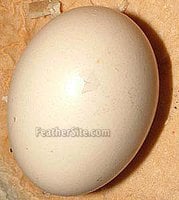 a38d967d_phoenix-22750-621139.jpeg12.6 KB · Views: 2,593
a38d967d_phoenix-22750-621139.jpeg12.6 KB · Views: 2,593 -
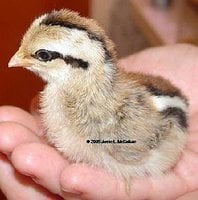 4878fbf1_phoenix-22750-953303.jpeg16.9 KB · Views: 2,616
4878fbf1_phoenix-22750-953303.jpeg16.9 KB · Views: 2,616 -
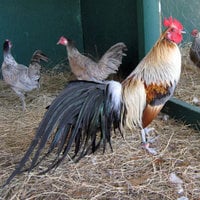 e15bc848_IMG_0227.jpeg116.8 KB · Views: 2,803
e15bc848_IMG_0227.jpeg116.8 KB · Views: 2,803 -
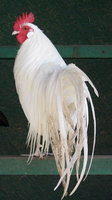 8a511b77_IMG_1822.jpeg127.5 KB · Views: 2,775
8a511b77_IMG_1822.jpeg127.5 KB · Views: 2,775 -
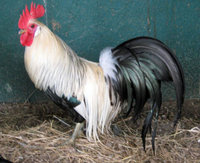 88bc16a6_IMG_0843.jpeg73.9 KB · Views: 2,662
88bc16a6_IMG_0843.jpeg73.9 KB · Views: 2,662 -
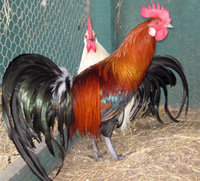 719f1a4b_IMG_0859.jpeg95.6 KB · Views: 2,552
719f1a4b_IMG_0859.jpeg95.6 KB · Views: 2,552 -
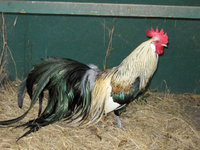 e6a1e20f_IMG_1001.jpeg121.8 KB · Views: 2,702
e6a1e20f_IMG_1001.jpeg121.8 KB · Views: 2,702 -
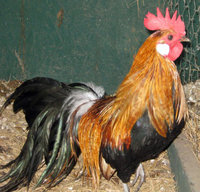 4f0f9e7f_IMG_1008.jpeg92.5 KB · Views: 2,701
4f0f9e7f_IMG_1008.jpeg92.5 KB · Views: 2,701 -
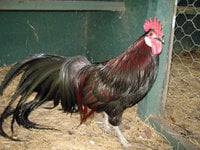 d7fcab6c_IMG_1012.jpeg132.8 KB · Views: 2,618
d7fcab6c_IMG_1012.jpeg132.8 KB · Views: 2,618 -
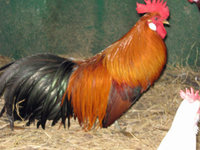 a060c257_IMG_1028.jpeg95.4 KB · Views: 2,575
a060c257_IMG_1028.jpeg95.4 KB · Views: 2,575 -
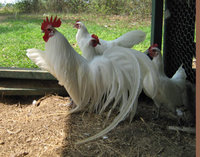 2e9c43bf_IMG_1112.jpeg91.2 KB · Views: 2,513
2e9c43bf_IMG_1112.jpeg91.2 KB · Views: 2,513 -
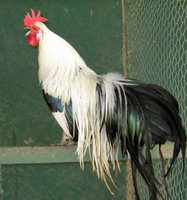 4e68b6a7_IMG_1103.jpeg67.7 KB · Views: 2,734
4e68b6a7_IMG_1103.jpeg67.7 KB · Views: 2,734 -
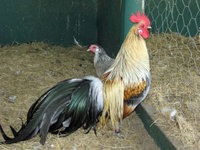 0b540b17_IMG_1083.jpeg125.8 KB · Views: 2,843
0b540b17_IMG_1083.jpeg125.8 KB · Views: 2,843 -
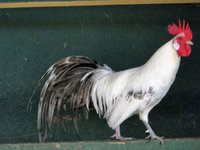 fe6277a7_IMG_1061.jpeg80.2 KB · Views: 2,613
fe6277a7_IMG_1061.jpeg80.2 KB · Views: 2,613 -
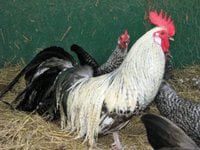 b4c3c467_IMG_1041.jpeg116.4 KB · Views: 2,680
b4c3c467_IMG_1041.jpeg116.4 KB · Views: 2,680 -
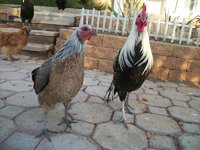 c35f8aea_Weds20002.jpeg247.1 KB · Views: 2,632
c35f8aea_Weds20002.jpeg247.1 KB · Views: 2,632 -
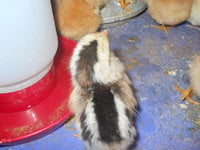 a09b6e8a_DSCN0622.jpeg3.1 MB · Views: 2,683
a09b6e8a_DSCN0622.jpeg3.1 MB · Views: 2,683 -
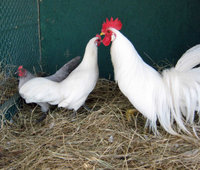 d8c68933_IMG_0263.jpeg114.6 KB · Views: 2,676
d8c68933_IMG_0263.jpeg114.6 KB · Views: 2,676 -
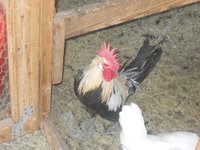 2a5baca0_DSCN1930.jpeg3.3 MB · Views: 2,667
2a5baca0_DSCN1930.jpeg3.3 MB · Views: 2,667 -
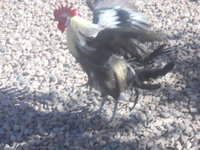 b8ada27a_DSCN1934.jpeg3.4 MB · Views: 2,660
b8ada27a_DSCN1934.jpeg3.4 MB · Views: 2,660 -
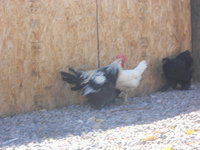 8329de32_DSCN1941.jpeg3 MB · Views: 2,720
8329de32_DSCN1941.jpeg3 MB · Views: 2,720 -
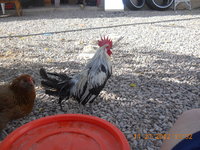 61703c60_DSCN23041.jpeg5.9 MB · Views: 2,629
61703c60_DSCN23041.jpeg5.9 MB · Views: 2,629 -
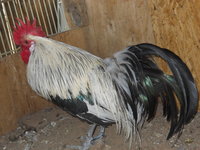 756e781a_DSCN3391.jpeg3.3 MB · Views: 2,712
756e781a_DSCN3391.jpeg3.3 MB · Views: 2,712 -
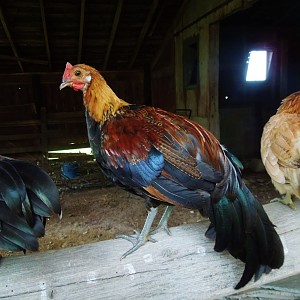 1000.jpg192.7 KB · Views: 2,886
1000.jpg192.7 KB · Views: 2,886 -
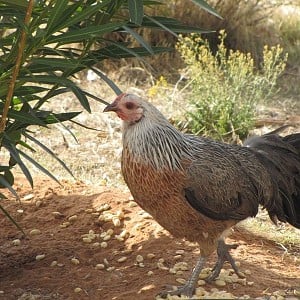 hen.jpg114.7 KB · Views: 1,579
hen.jpg114.7 KB · Views: 1,579
Phoenix
- Added by Super Admin
- Create date
- Updated
Phoenix were created in Europe by combining strains of the Japanese Onagadori with more commonly...
- Sonny Hatten
- 5.00 star(s)
Pros: everything
Cons: n/a
- Whittni
- 5.00 star(s)
Pros: Very tame, friendly, broody, quiet crowing, good mothers, beautiful, non aggressive, excited by people, fly at heads, small
Cons: Flighty by nature (males don't like their back touched, but they are fine with tail etc.), upkeep with tail & roofed run
These are perhaps my favorite breed of chicken, but I love all of mine so much, this is a huge battle between cornish and phoenix as favorites...well let me tell you about this wonderful breed of chicken:
I own three silver phoenix bantams, 1 rooster named: Satchel & 2 hens named: Peanut and Tula
They fly at faces and hands so they can be close to you, they love to cuddle and be warmed up in your coat, even Satchel my rooster. Satchel has a soft crow, and its not high pitched and he doesn't crow all that often, maybe 5 or 6 times a day, if that. Tula and Peanut are so gentle. The entire trio will walk or fly into my family's house at all costs, and of coarse we reward this 'behavior' with bread and laughter. They are guard-dog/chickens to people at the door when out of their pen...flying at any new hand, shoulder or face expecting food!
 Peanut was broody for three days, then I tried to move her and she got stubborn. They have a roofed in run for the rooster's conditioning. I haven't showed these birds yet but they will do amazing. A 4 by 4 coop with a 4 by 8 run suits a trio well with a little monitored free ranging.
Peanut was broody for three days, then I tried to move her and she got stubborn. They have a roofed in run for the rooster's conditioning. I haven't showed these birds yet but they will do amazing. A 4 by 4 coop with a 4 by 8 run suits a trio well with a little monitored free ranging.



They are also crazy about peanuts! Comment w/Questions.
I own three silver phoenix bantams, 1 rooster named: Satchel & 2 hens named: Peanut and Tula
They fly at faces and hands so they can be close to you, they love to cuddle and be warmed up in your coat, even Satchel my rooster. Satchel has a soft crow, and its not high pitched and he doesn't crow all that often, maybe 5 or 6 times a day, if that. Tula and Peanut are so gentle. The entire trio will walk or fly into my family's house at all costs, and of coarse we reward this 'behavior' with bread and laughter. They are guard-dog/chickens to people at the door when out of their pen...flying at any new hand, shoulder or face expecting food!




They are also crazy about peanuts! Comment w/Questions.
- Purchase Price
- 45.00
- Purchase Date
- 2011-11-26
- Boggy Bottom Bantams
- 5.00 star(s)
Pros: not a more beautiful chicken out there
Cons: none in my opinion
The phoenix and all long tailed fowl hold a special spot in my heart. To me these are just the perfect ornamental fowl in the chicken world. A properly bred bird from great lines is just a sight to see. Even those who hate chickens usually always have something nice to say when they see them for the first time. They are one of my primary breeds I focus on, in bantam mainly, but recently got some very nice large fowl too. I have them in over 20 colors and all are equally a sight to behold.
There are many misconceptions about the phoenix and their origin though. We have the hatchery world to thank for that. They ( every hatchery out there) describes them as being 20 foot tailed Japanese birds... Nothing could be further from the truth. Phoenix have never been bred in Japan. Their ancestors, the onagadori where. PHOENIX ARE NOT ONAGADORI. They are a totally separate breed created in Europe, especially Germany, and also in the USA. Onagadori lines were used in combination with things like leg horns, dutch, old english, and various game breeds to create the phoenix, just depended on whether the breeder was making large fowl or bantam sizes.
Phoenix usually reach 2-6 foot in tail length even in bantam. A good bird will have saddles about 1/4 the length of the main tail. Legs should be slate blue, ear lobes white and a single comb. Some of the top lines of phoenix carry more onagadori traits that others. Things like multiple feathering, not molting for up to 2 years, mutant feathering, etc can be traced back to lines of great breeding . But the average phoenix will just be a nicely feathered , annually molting bird.
The hens lay very well, and tend to brood well if given the chance. Some lines of hens also produce cockerel feathered pullets and often spurred hens. These are often the better hens for excellent male production, IF the testosterone levels are low enough in them for them to still produce, most will.
There are no special requirements to keep an average phoenix. You can even free range them if you wish. However, if you want your males to look their very best, special housing should be made for them. High roost, deep hay or sand beds over the entire pen, fully sheltered pens rain and mud is a no no, elevated water dishes etc... You want to do all you can to keep the tail and saddles dry and clean. Dirt, mud and poop will stick like a magnet to them causing them to become dry and brittle and break off.
Keep pen mates minimal, preferably non if you want a show quality tail, as the hens will step on dragging tails and break, damage or even pull them out. During the molt, try to separate your males in pens by themselves. The hens will often not be able to resist the exposed blood feathers coming in on the males and picking can become a problem.
There are many misconceptions about the phoenix and their origin though. We have the hatchery world to thank for that. They ( every hatchery out there) describes them as being 20 foot tailed Japanese birds... Nothing could be further from the truth. Phoenix have never been bred in Japan. Their ancestors, the onagadori where. PHOENIX ARE NOT ONAGADORI. They are a totally separate breed created in Europe, especially Germany, and also in the USA. Onagadori lines were used in combination with things like leg horns, dutch, old english, and various game breeds to create the phoenix, just depended on whether the breeder was making large fowl or bantam sizes.
Phoenix usually reach 2-6 foot in tail length even in bantam. A good bird will have saddles about 1/4 the length of the main tail. Legs should be slate blue, ear lobes white and a single comb. Some of the top lines of phoenix carry more onagadori traits that others. Things like multiple feathering, not molting for up to 2 years, mutant feathering, etc can be traced back to lines of great breeding . But the average phoenix will just be a nicely feathered , annually molting bird.
The hens lay very well, and tend to brood well if given the chance. Some lines of hens also produce cockerel feathered pullets and often spurred hens. These are often the better hens for excellent male production, IF the testosterone levels are low enough in them for them to still produce, most will.
There are no special requirements to keep an average phoenix. You can even free range them if you wish. However, if you want your males to look their very best, special housing should be made for them. High roost, deep hay or sand beds over the entire pen, fully sheltered pens rain and mud is a no no, elevated water dishes etc... You want to do all you can to keep the tail and saddles dry and clean. Dirt, mud and poop will stick like a magnet to them causing them to become dry and brittle and break off.
Keep pen mates minimal, preferably non if you want a show quality tail, as the hens will step on dragging tails and break, damage or even pull them out. During the molt, try to separate your males in pens by themselves. The hens will often not be able to resist the exposed blood feathers coming in on the males and picking can become a problem.
- Soli
- 5.00 star(s)
Pros: Good foragers, excellent survival skills, BEAUTIFUL birds!
Cons: Taking care of the tails can be an issue for some people, particularly for birds with longer ones.
The Phoenix is a great bird for someone who wants a chicken that everyone will comment on, even non-chicken people. A well-bred Phoenix rooster can be a real showpiece on a farm. They are fair to medium layers, and the roosters are quite protective of the hens without being obnoxious. The downsides to the breed is that the roosters are not good for small backyard coops due to their tails, and the eggs tend to be on the smaller size, even for standard large fowl. They do make excellent free-range birds, however, with great flying abilities.
- Purchase Price
- 50.00
- Purchase Date
- 2007-04-11
